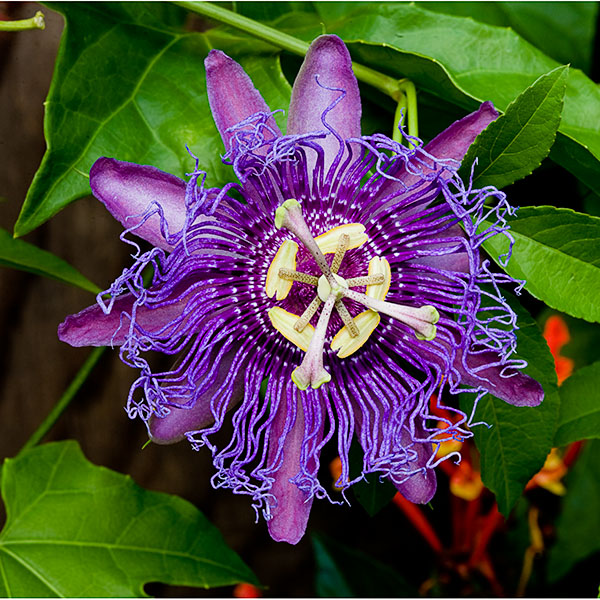Did God document in the Passion flower the Passion of His own Son as a witness to the redemption of mankind? We may never know. But God did create the flower to aid among us who are suffering from some specific diseases.
SCIENTISTS named it Passiflora, a genus of flower vines that contains 400 species; mostly vines, some shrubs and a few herbs. And some of these species have known medicinal properties.
The history in the naming of Passiflora is part of the Christian missionary history.
Spanish Catholic missionaries discovered the passion flower in South America between the 15th and 16th centuries. The missionary priests found its physical structures uniquely consistent with certain facts in the Passion of Christ, especially his crucifixion.
Its three stigmas represent the three nails in Jesus’ hands and feet. Its flower threads resemble the crown of thorns. The vine’s anthers look much like the five wounds. The 10 petals and sepals represent the 10 ordinary Apostles (Saint Peter the Rock excluded with the betrayer Judas Iscariot). The tendrils appear like the whips used in the flagellation. Even the tips of the pointed leaves look like the sharp side of the Holy Lance. The purple petals reflect the purple robe used to mock Jesus’ claim to kingship as recounted in the Gospel of Matthew 27:8.
When the missionaries returned to Spain, they carried their written accounts of their missions including the documentation of the passion flower. From there, the symbolism given in its physical features and its name spread through Europe.
In Spain alone the flower has been called in another name: Espina de Cristo (or “Christ’s Thorn”). Older Germanic communities had their own versions too—Christus-Krone (“Christ’s Crown”), Christus-Strauss (“Christ’s Bouquet”), Dorn-Krone (“Crown of Thorns”), Jesus-Lijden (“Jesus’ Passion”), Marter (“Passion”), and Mutergottes-Stern (“Mother of God’s Star”).
A species of Passiflora (incarnata), called Maypop, have a long history among Native Americans in the use of its leaves for tea to treat insomnia, hysteria, and epilepsy.
This article appears in SunStar Cebu newspaper on 01 May 2013.

Comments
Post a Comment